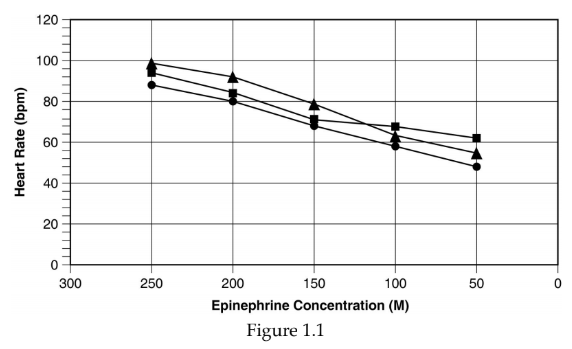Decreased cytosolic Ca++ in smooth muscle typically promotes relaxation by:
A. closing Ca++-activated K+ channels in the smooth muscle
B. reducing myosin light-chain kinase activity in the smooth muscle
C. reducing nitric oxide release from endothelial cells
D. reducing Ca++ influx through TRPV channels in the smooth muscle
E. reducing InsP3 production in the smooth muscle
ANS: B
You might also like to view...
Groups of similar cells and extracellular products that carry out a common function are called
A. organs. B. organ systems. C. matrices. D. tissues.
High cholesterol levels have been known to be a contributing factor to heart disease and death due to cardiovascular disease for many decades. In the 1970's, scientists used this information to develop a hypothesis that giving a medicine to reduce blood cholesterol levels could reduce the chances of developing cardiovascular disease or dying from cardiovascular disease. They tested a group of
people living in a town called Framingham, Massachusetts. This study became known as the Framingham Study and it is very well known, because it did not support the hypothesis that giving cholesterol lowering medications would reduce the risk of developing or dying from cardiovascular disease. Does this mean that high cholesterol is not a risk factor for heart disease? What does this demonstrate about the scientific process,
Use the table and graph below to answer the following questions.


When an individual sees pure red, only the red cones are stimulated
Indicate whether the statement is true or false
What is the role of the perichondrium that surrounds the cartilaginous model early in the process of endochondral ossification?
A. It forms trabeculae that accumulate osteoid. B. It produces osteoclasts. C. It produces red bone marrow. D. It forms the epiphysial plate. E. It produces chondrocytes, and the model grows.